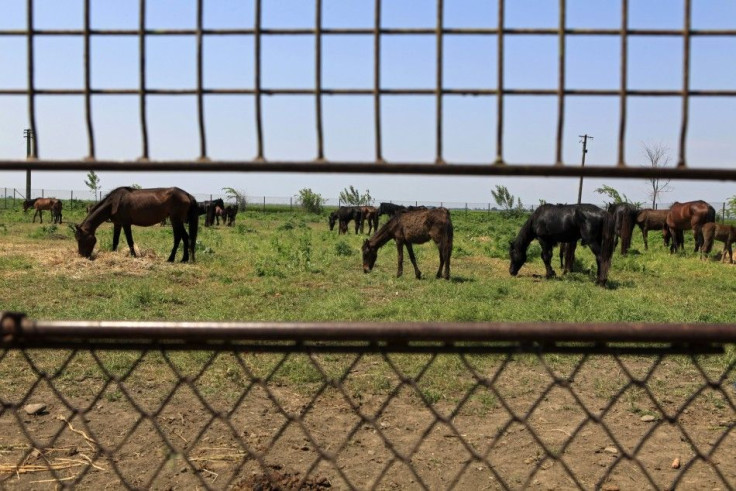Horse Slaughter Coming Back to U.S. Soon?

Horse slaughter for human consumption may return to the U.S. within a month.
Congress quitely lifted a five-year-old ban on funding horse meat inspections and many observers say it's only a matter of time before horse meat slaughter plants return to the U.S. Before the ban five years ago, horse meat production was a $65 million business in the U.S.
After the ban, which halted USDA inspection funding, effectively ending horse slaughter, horses in the U.S. were exported to Canada and Mexico for slaughter.
In states like South Dakota and Texas, and others in the Midwest, the movement to get the horse slaughter business up and running again in the U.S. is active. State lawmakers in South Dakota, for instance, had introduced a state constitutional amendment to provide for the purchase, construction and operation of a horse processing plant. The proposed legislation failed, but it's a sign that combined with the end of the federal ban that horse meat slaughter houses may be back in the U.S. soon.
There is a real need for a horse market right now, Silvia Christen, executive director of the South Dakota Stockgrowers Association, told the Argus Leader of South Dakota.
There is no market in the U.S. for horse meat by human consumption. In the U.S., horse meat is fed to zoo animals typically. Humans around the world eat horse meat and create high demand for it, since in parts of Europe and Asia horse meat is considered a delicacy.
Now that Congress has lifted the five-year-old ban, some say horse slaughter houses could be back in operation in the U.S. as early as 30 days and most likely within 90 days. Proponents argue that's a good thing, saying the banning of horse meat slaughterhouses did more harm than good to the animals.
They say that because of the ban in the U.S. more old horses have been abandoned or neglected. That was a leading position of lawmakers like Sen. Max Baucus, D-Mont., who successfully pushed the Government Accountability Office to study the impact of the ban when it was in place.
THE GAO report determined as a result that the ban didn't stop the slaughter of horses -- it's just that from 2006 to 2010, U.S. horse exports for slaughter increased by 148 and 660 percent to Canada and Mexico.
Others say the abandonment argument has little merit. They argue that if horses once slaughtered in the U.S. are now being exported in the same number out of the U.S., there can't be a higher number being neglected. If that's the case, they say there's no reason to bring back horse slaughtering to the U.S.
With USDA horse meat inspection funding back in place, proponents of processing hope to get plants back into production soon. On Tuesday, the USDA issued a statement saying there are no horse slaughter houses in the U.S., but if one opens, it will conduct inspections to make sure laws are followed.
The last horse slaughter house in the U.S. closed in 2007 in Illinois.
Opponents of horse slaughter in the U.S. warn of massive protest in communities where plants open.
If plants open up in Oklahoma or Nebraska, you'll see controversy, litigation, legislative action and basically a very inhospitable environment to operate, said Wayne Pacelle, president and chief executive of The Humane Society of the United States, according to the Argus Leader.
© Copyright IBTimes 2024. All rights reserved.





















